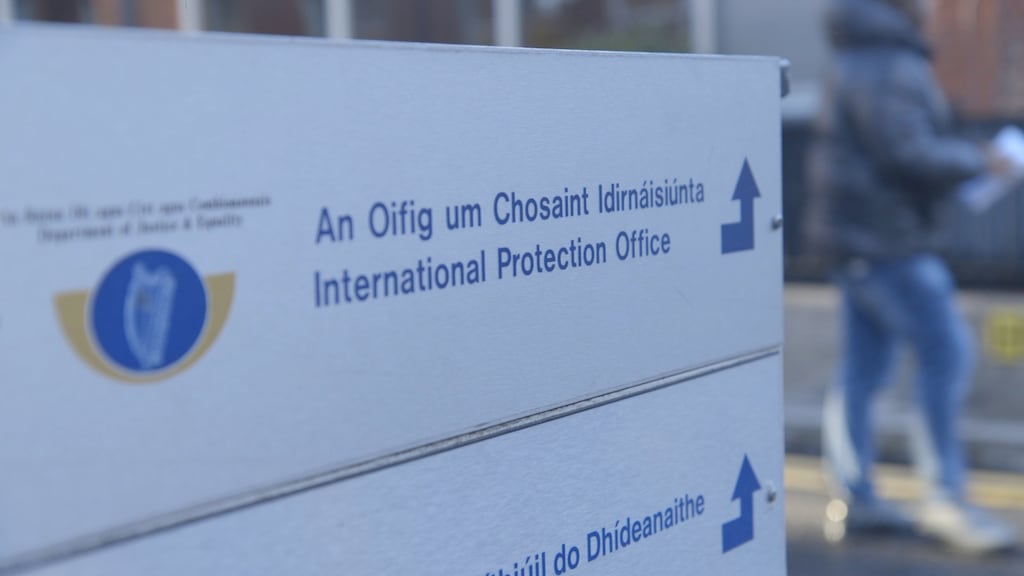The number of people in State accommodation for asylum seekers has doubled over the past year and moved past 20,000 for the first time.
More than a quarter of this number are still in the direct-provision system despite securing their status to remain in the country.
Latest figures show that as of March 5th, 20,001 people were in accommodation provided by the International Protection Accommodation Service (IPAS) – almost double what was at the end of March 2022 and almost four times the figure in June 2018.
The latest figure includes 4,096 children.
READ MORE
While almost 7,000 people were in IPAS direct-provision accommodation centres, far more – 11,706 people – were in emergency accommodation centres, consisting mostly of hotels, B&Bs and guest houses.
The latest weekly report also shows that 79 people were in temporary tented accommodation.
In February, IPAS was unable to offer accommodation to 255 people, although 103 were subsequently offered accommodation.
However, the monthly report for February shows that 5,064 people with status to live in Ireland remained in IPAS accommodation. Just 118 people with status moved out of IPAS accommodation in February. Last year, 3,903 people were granted status but just 733 of those people left IPAS accommodation.
Fiona Hurley, chief executive of migrant rights centre Nasc, said: “It is likely that many of the 5,000 are unable to find affordable housing, and this is certainly the experience for service users at Nasc.
“It can be very difficult to find a landlord willing to accept a tenant who does not already have a history in the private rental market and the ability to provide references from previous landlords.”
This year so far has seen an average of 24 arrivals each day, although in recent weeks the rate of arrival has slowed, having peaked in late December when some 450 people arrived in the last week of the year.
[ The making of a far-right agitator: From Irish emigrant to anti-refugee extremistOpens in new window ]
Ms Hurley said: “People with medical needs are less likely to find accommodation that meets those needs, and transfers between centres are almost impossible. Families with children are more likely to be sharing one room.”
Ms Hurley said there was a need to prioritise sustainable, mid- and longer-term housing strategies to prevent delays and further homelessness in the months and years ahead.
“The Government recently announced plans to develop three accommodation centres on State land, with the potential to provide 400 beds,” she said.
[ Plan to end direct provision by 2024 no longer possible, says expertOpens in new window ]
“We understand the urgent need to deliver accommodation solutions, but it is essential that new developments are in line with commitments under the White Paper on Ending Direct Provision. Reception centres for newly arriving international protection applicants should have built-in integration supports from day one.”







